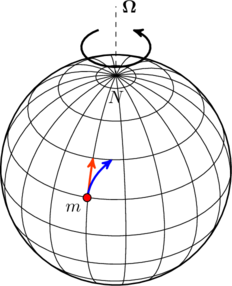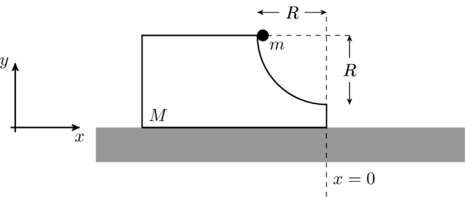JEE Advanced 2014 Paper 2, Questions 13 and 14
A spray gun is shown in the figure where a piston pushes air out of a nozzle. A thin tube of uniform cross section is connected to the nozzle. The other end of the tube is in a small liquid container. As the piston pushes air through the nozzle, the liquid from the container rises into the nozzle and is sprayed out. For the spray gun shown, the radii of the piston and the nozzle are ![]() and
and ![]() , respectively. The upper end of the container is open to the atmosphere.
, respectively. The upper end of the container is open to the atmosphere.

Q.1…



